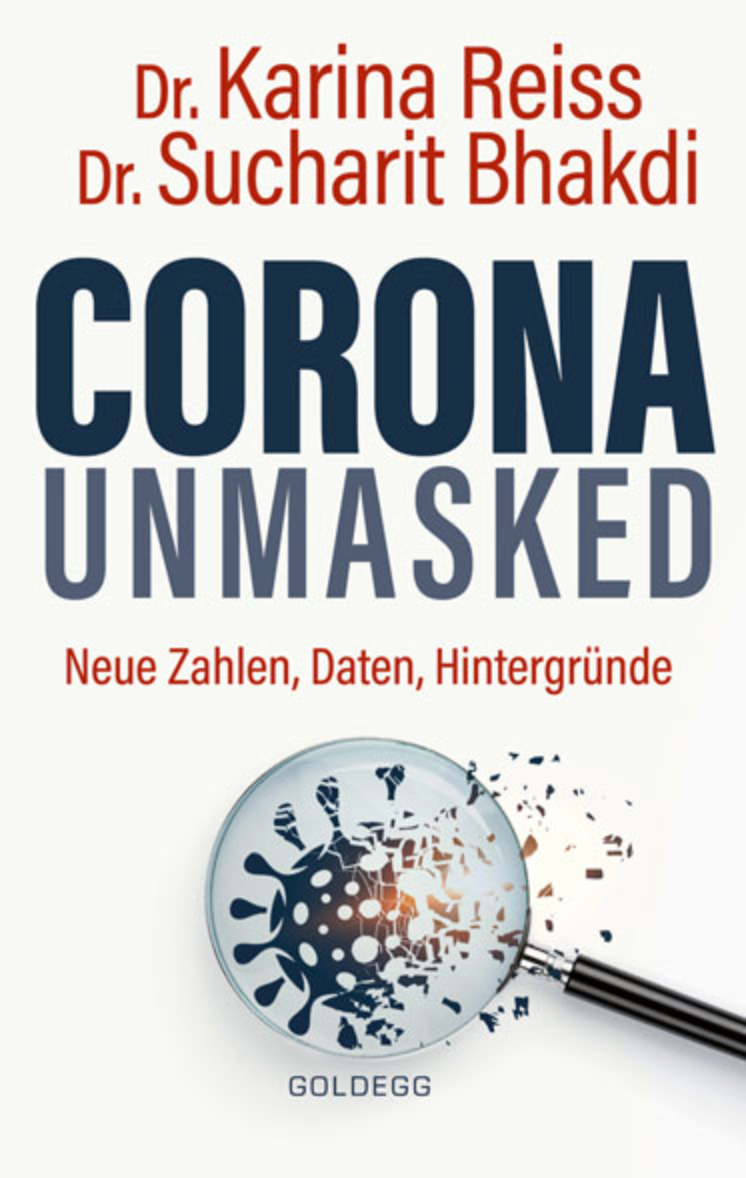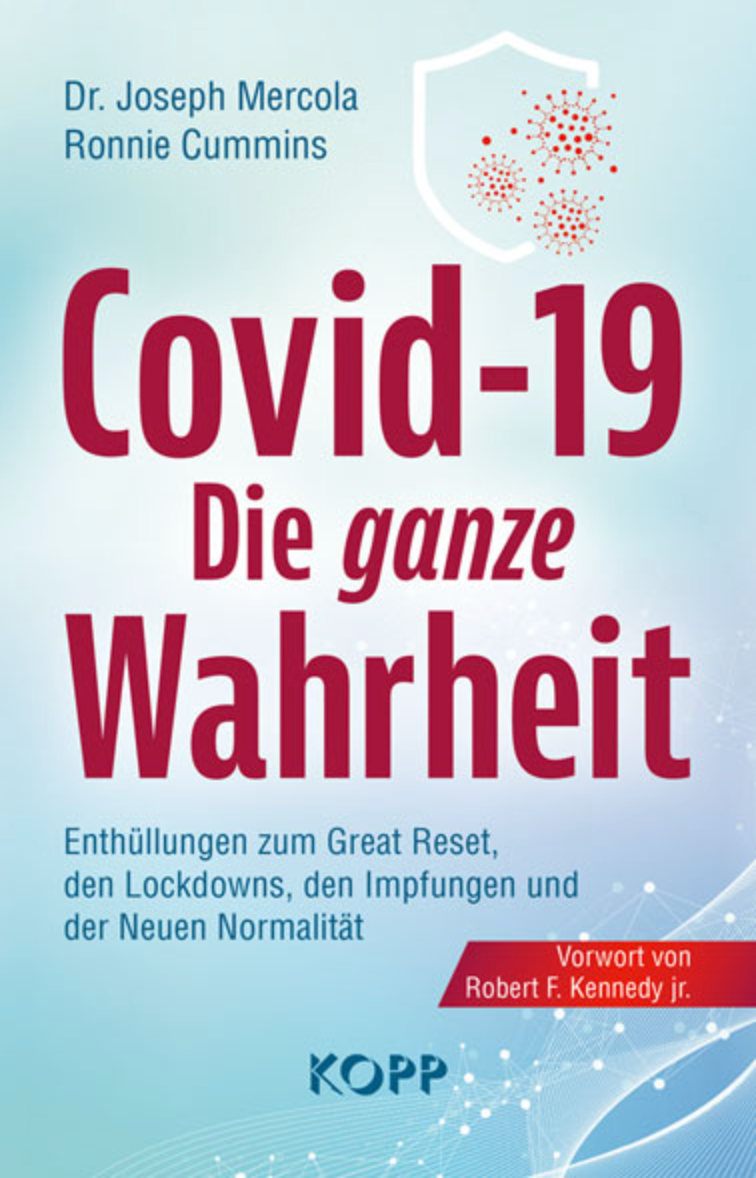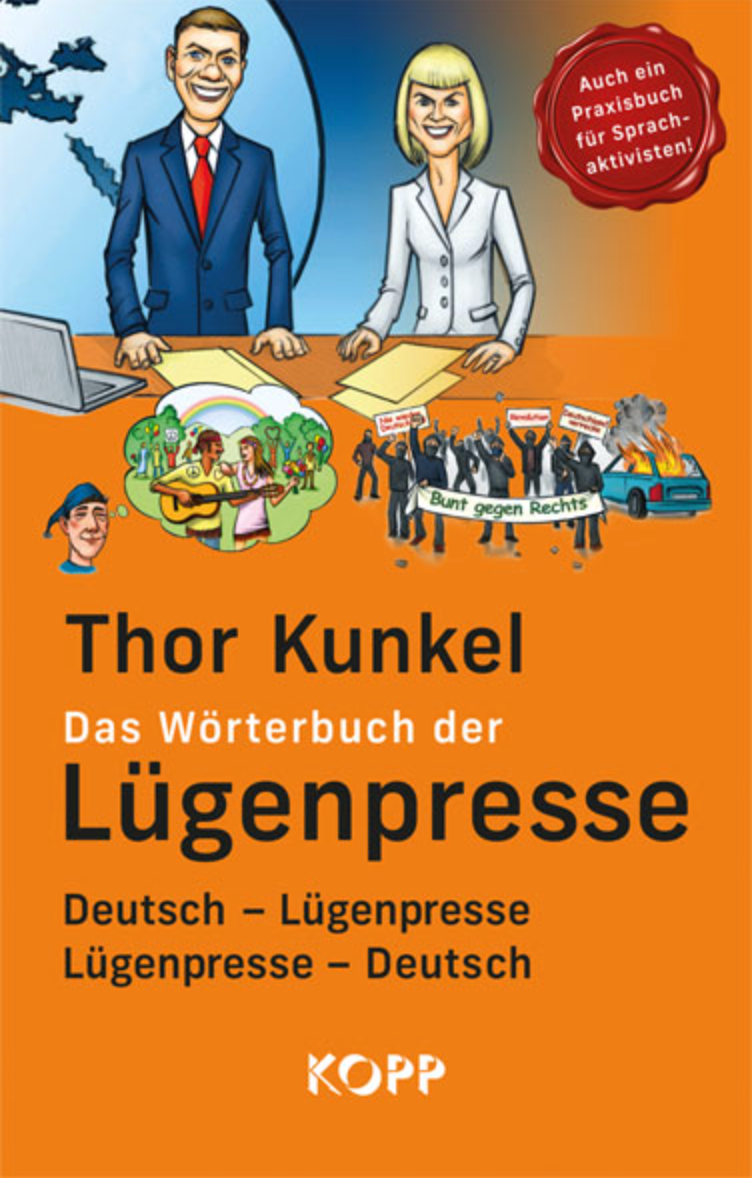In a new study, an Australian pharmacologist showed clear statistical correlations between excess mortality in the EU and the so-called vaccinations against Covid-19: He worked with Eurostat data from 31 countries for the period between March 2023 and January 2024, the percentage of Vaccinated people in the respective population and the number of vaccine doses administered. The correlations of these data are significant. For the MWGFD, Harald Walach states: The myth of life-saving vaccination has been refuted once again.
Broadcast of the MWGFD , published on September 2, 2024; Author: Harald Walach
A new work by Australian pharmacologist Raphael Lataster (1), published in the journal “Bulgarian Medicine”, shows a clear correlation of excess mortality in Europe with Covid-19 “vaccinations”. The work uses data from the European statistics agency Eurostat on excess mortality in 31 European countries from March 2023 to January 2024 and correlates them with data on the percentage of the population vaccinated and the number of vaccine doses from the Internet database “Our World in Data” (OWID). That is, for each month from March 23 to January 24, excess mortality data was available for each of the 31 countries, as well as data on the number of vaccine doses or percentage of vaccinated per country. In every month there is a medium-sized correlation, which is in any case significant except for November 2023. This correlation is greater for the range of vaccine doses. The correlations range between r = .25 and r = .65. Correlations are relationship measures and express the strength of a relationship between two variables. They can vary between 0 (no relationship) and +1 (maximum positive relationship) or -1 (maximum negative relationship).
The correlations found here are moderately strong and very clear because they are significant in almost every month. Since significance depends on the number of cases and only 31 countries are available in this calculation, the relationships must be relatively clear across all countries in the same direction for significance to occur. The level of the correlation coefficient indicates the strength of the connection (regardless of significance). If you square it, you get the share of the common variation. A correlation coefficient of r = .5 would result in r squared 2 = .25 and would therefore represent 25% of common variation.
In plain language, this means: The courses of vaccinations and excess mortality have a common variation of somewhere between 6% and 40%. To put it another way: Covid-19 vaccinations and excess mortality in Europe are clearly related between March 2023 and January 2024. Unfortunately, why only these months were chosen or are available is not mentioned in the article and is a weak point.
Conversely, this also refutes the frequently made claim that Covid-19 “vaccinations” have saved lives. Because if they were only positive, then there would be no correlation. In addition, my colleague Rainer Klement and I showed last year that the often cited modeling study by Watson and colleagues (2) is simply wrong because it is based on incorrect model assumptions (3). The unfortunate thing is that such hyperventilation reports are eagerly picked up by the press. Sober criticism, on the other hand, as in our case, has to go through many rounds of peer review and resubmissions until it is published and then no one cares anymore.
The Lataster study definitely shows that the potential for side effects of these Covid-19 “vaccinations” should not be underestimated and needs to be examined more closely. The author rightly points out that his study cannot prove causality. To do this, you would have to carry out detailed, long time series studies in each country and they are very time-consuming. It is a scandal that our well-equipped offices do not carry out such investigations ex officio. But we now know: you are bound by instructions. And which politician likes to dig his own grave? So for the foreseeable future, private researchers without public support, like Raphael Lataster or us, will carry out such studies.
literature
- Lataster, R. (2023). European excess mortality correlates with COVID-19 vaccinations into 2024. Bulgarian Medicine, 13 (2), 24-28. h ttps://basa.bg/en/images/Br_02_2023_bulgarska_medicina.pdf
- Watson, O. J., Barnsley, G., Toor, J., Hogan, A. B., Winskill, P., & Ghani, A. C. (2022). Global impact of the first year of COVID-19 vaccination: a mathematical modelling study. Lancet Infectious Diseases. doi:https://doi.org/10.1016/S1473-3099(22)00320-6
- Klement, R. J., & Walach, H. (2023). SEIR models in the light of Critical Realism – a critique of exaggerated claims about the effectiveness of Covid 19 vaccinations. Futures, 103119. doi:https://doi.org/10.1016/j.futures.2023.103119









